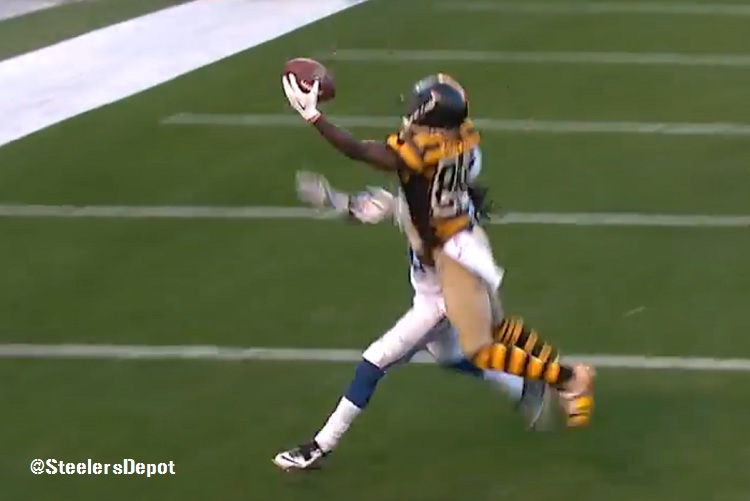The Pittsburgh Steelers spent much of the time between their last playoff victory and now replenishing their roster in preparation for their next chance to make a push for a championship. Last season showed signs that the team was on its way out of that transitional phase after posting a division-winning 11-5 record following back to back .500 seasons.
Still, the Steelers failed to make it out of the divisional round, and have lost their last three postseason contests, dating back to Super Bowl XLV. They followed up that 2010 run with a 12-4 wildcard campaign that saw a first-round exit, and subsequently failed to return to the playoffs the following two years.
So how close might they be to righting the ship and returning to that place that they have been more than any other franchise—that is, holding up the Lombardi Trophy? One way to attempt to measure that would be to compare how this season’s lineup projects against past teams.
For these purposes, it might be helpful to cite both the 2008 and 2010 teams, which are, respectively, the teams that have claimed their most recent Super Bowl championship and their most recent Super Bowl appearance.
The last time the Steelers managed to win the Super Bowl, Hines Ward was still the featured receiver in the offense. In 2008, he finished the season with 81 receptions for 1043 yards and seven touchdowns, though he was limited in the playoffs with an injury. He had just two receptions in the Super Bowl.
Instead, the task was left for Santonio Holmes to pick up the slack, who would soon find his way out of Pittsburgh after another season. But Holmes turned in a remarkable postseason run, including his special teams performance. He caught a 65-yard touchdown reception in the AFC Championship game, and then capped off a nine-reception, 131-yard performance in the Super Bowl with the game-winning touchdown.
Ward was quickly being phased out by 2010, the Steelers’ most recent Super Bowl appearance, but was still nominally the starter. The featured receiver, however, became Mike Wallace, who had his best season that year in his first full campaign as a starter, catching 60 passes for 1257 yards with an eye-popping 21 yards per reception, along with 10 touchdown receptions.
But neither Wallace nor Ward managed to step up in the Super Bowl. They both finished with strong numbers, but they came too little, too late. Between the pair, they averaged eight receptions for 85 yards and a touchdown apiece.
The sneaky performer of that postseason was actually the underutilized rookie sixth-rounder, Antonio Brown, whose 58-yard reception on third and forever in the divisional round was a pivotal moment in the Steelers’ playoff run.
Since that time, Brown has become nothing short of arguably the best receiver in the game. He completely rewrote the team’s record books, setting new marks for receptions, receiving yards, and touchdown receptions in a season. He is even more a model of consistency than was Ward, and is as deadly a playmaker as Wallace without the elite vertical presence.
Brown is as skilled and as well-rounded as is possible for his height, which is good enough to be the best in the game. He is making the case for being the greatest receiver in franchise history, which can only mean that, at least in terms of their featured wide receiver, the Steelers are in as good of shape for a postseason run as they have been in recent years.








